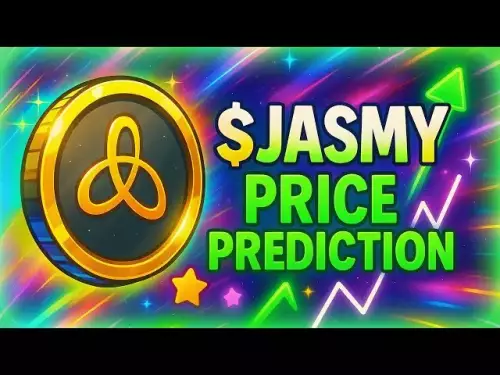-
 Bitcoin
Bitcoin $113000
1.72% -
 Ethereum
Ethereum $4606
0.40% -
 XRP
XRP $3.005
0.08% -
 Tether USDt
Tether USDt $1.000
0.01% -
 BNB
BNB $869.8
1.44% -
 Solana
Solana $213.3
4.42% -
 USDC
USDC $0.9998
-0.01% -
 Dogecoin
Dogecoin $0.2234
1.60% -
 TRON
TRON $0.3495
0.18% -
 Cardano
Cardano $0.8675
0.91% -
 Chainlink
Chainlink $23.82
-2.20% -
 Hyperliquid
Hyperliquid $48.12
-1.50% -
 Ethena USDe
Ethena USDe $1.001
0.00% -
 Sui
Sui $3.489
1.70% -
 Stellar
Stellar $0.3816
-0.99% -
 Cronos
Cronos $0.3517
53.92% -
 Bitcoin Cash
Bitcoin Cash $556.1
0.18% -
 Avalanche
Avalanche $24.48
0.24% -
 Hedera
Hedera $0.2393
-0.36% -
 UNUS SED LEO
UNUS SED LEO $9.523
-0.12% -
 Litecoin
Litecoin $113.5
0.48% -
 Toncoin
Toncoin $3.172
0.75% -
 Shiba Inu
Shiba Inu $0.00001260
1.06% -
 Polkadot
Polkadot $3.951
2.22% -
 Uniswap
Uniswap $10.03
1.46% -
 Dai
Dai $0.0000
0.00% -
 Bitget Token
Bitget Token $4.600
-1.25% -
 Monero
Monero $274.5
0.76% -
 Aave
Aave $320.9
-2.35% -
 Pepe
Pepe $0.00001016
0.30%
Coinbase Limit Order vs. Stop Order: A Detailed Comparison
Limit orders on Coinbase let you buy or sell crypto at a set price, ensuring control but not guaranteed execution if the market doesn't reach your target.
Aug 28, 2025 at 12:28 pm
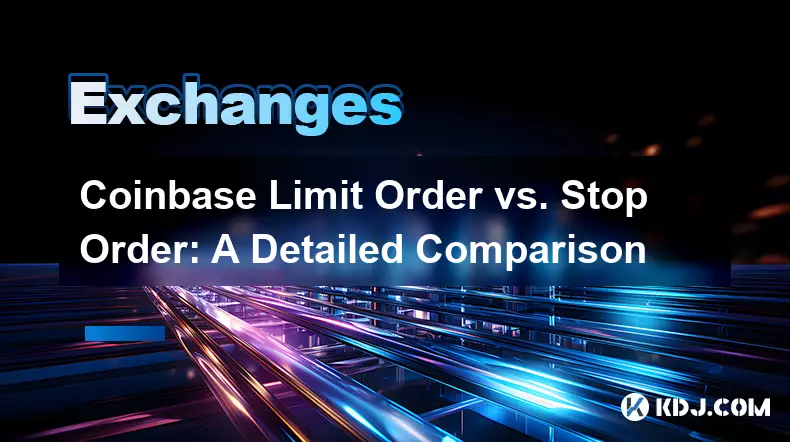
Coinbase Limit Order: How It Works and When to Use It
1. A limit order on Coinbase allows traders to set a specific price at which they want to buy or sell a cryptocurrency. The trade will only execute when the market reaches that predefined price or better.
2. For buyers, a limit order ensures that you never pay more than your specified maximum. If Bitcoin is trading at $45,000 and you place a limit buy at $43,000, your order waits until the price drops to that level.
3. For sellers, a limit order lets you lock in profits by selling at a desired price point. If you own Ethereum and want to sell at $3,000, the order activates only when the market hits that target.
4. Limit orders provide full control over execution price, making them ideal for disciplined, strategy-driven traders who avoid emotional decisions.
5. One downside is that limit orders may not execute at all if the market never reaches the set price. This can lead to missed opportunities in fast-moving markets.
Stop Order Mechanics on Coinbase: Purpose and Execution
1. A stop order, also known as a stop-loss order on Coinbase, becomes a market order once a specified price threshold is triggered. It is primarily used to minimize losses or protect gains.
2. For example, if you hold Solana at $120 and set a stop order at $110, the moment the market price hits $110, your order executes as a market order, selling your holdings at the best available price.
3. Stop orders are crucial risk management tools, especially in volatile crypto markets where rapid price swings can erase profits quickly.
4. However, because stop orders convert to market orders upon activation, the final execution price may differ from the stop price during high volatility or low liquidity.
5. Traders often use stop orders below support levels for long positions or above resistance for short positions to automate exit strategies without constant monitoring.
Differences in Risk, Control, and Market Impact
1. Limit orders prioritize price control but sacrifice guaranteed execution. Stop orders prioritize execution certainty once triggered but sacrifice price control.
2. In a flash crash, a stop order might execute at a significantly worse price than expected due to slippage, while a limit order would remain unexecuted.
3. Limit orders contribute to market stability by adding liquidity when they rest on the order book. Stop orders remove liquidity since they trigger market orders upon activation.
4. Traders using limit orders often focus on accumulation or profit-taking at precise levels, while those using stop orders are typically focused on capital preservation.
5. On Coinbase, both order types are accessible through the advanced trade interface, allowing users to combine them in layered strategies such as placing a limit sell above entry and a stop loss below.
Strategic Use Cases in Real Trading Scenarios
1. A trader anticipating a breakout in Cardano might place a limit buy just below a key resistance level to enter at a favorable price if a pullback occurs.
2. After a 20% gain on Chainlink, a trader could set a stop order to automatically exit if the price drops 10%, protecting most of the profit without manual intervention.
3. During major news events like Fed announcements, traders use limit orders to avoid overpaying amid FOMO-driven spikes and stop orders to cap downside from sudden reversals.
4. Scalpers on Coinbase Pro often rely on limit orders to enter and exit positions within tight timeframes, ensuring they don’t pay higher fees or suffer slippage from market orders.
5. Long-term holders use stop orders as insurance against catastrophic market drops, while simultaneously using limit orders to gradually add to positions during corrections.
Frequently Asked Questions
What happens if a limit order doesn’t get filled?If market conditions don’t reach the specified price, the limit order remains open until canceled or expired. It will not execute automatically.
Can a stop order be used to enter a position?Yes, a buy stop order can be placed above the current market price to enter a long position when an asset shows upward momentum, often used in breakout strategies.
Is there a fee difference between limit and stop orders on Coinbase?Limit orders that add liquidity may qualify for lower fees or rebates on Coinbase Advanced Trade, while stop orders, once triggered, incur standard taker fees.
Do stop orders work during weekends or holidays?Yes, stop orders on Coinbase remain active 24/7, including weekends and holidays, as cryptocurrency markets operate continuously.
Disclaimer:info@kdj.com
The information provided is not trading advice. kdj.com does not assume any responsibility for any investments made based on the information provided in this article. Cryptocurrencies are highly volatile and it is highly recommended that you invest with caution after thorough research!
If you believe that the content used on this website infringes your copyright, please contact us immediately (info@kdj.com) and we will delete it promptly.
- South Korean Lawmakers Go Crypto: Bitcoin, XRP, and the Future of Finance
- 2025-08-28 17:10:13
- Magna Partners with SecondSwap: Unlocking Liquidity for Locked Tokens
- 2025-08-28 17:10:13
- Ethereum Recovery, Ozak AI, and Upside Potential: A New Crypto Landscape
- 2025-08-28 17:45:15
- Ozak AI Presale: Chasing 100x Returns in the Wild West of Crypto
- 2025-08-28 18:05:15
- Zora Price: Whale Accumulation Hints at Bullish Turnaround?
- 2025-08-28 18:05:15
- Ether ETFs Surge: Bitcoin Takes a Backseat as Inflows Explode
- 2025-08-28 15:25:22
Related knowledge
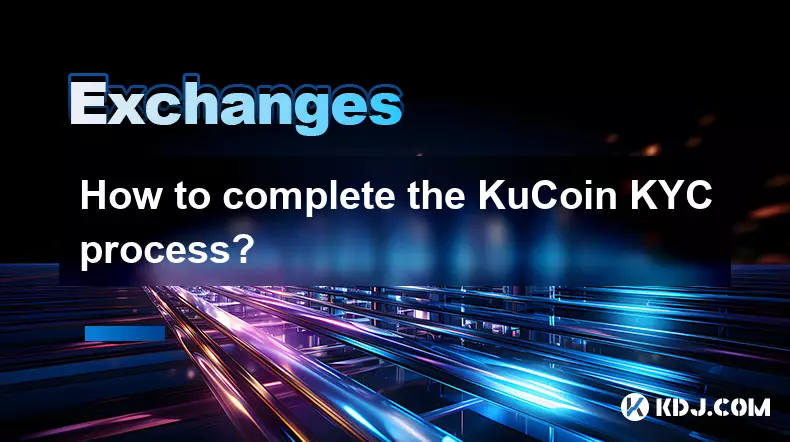
How to complete the KuCoin KYC process?
Aug 28,2025 at 03:28pm
Understanding the Importance of KYC on KuCoin1. KuCoin, like many centralized cryptocurrency exchanges, requires users to complete Know Your Customer ...
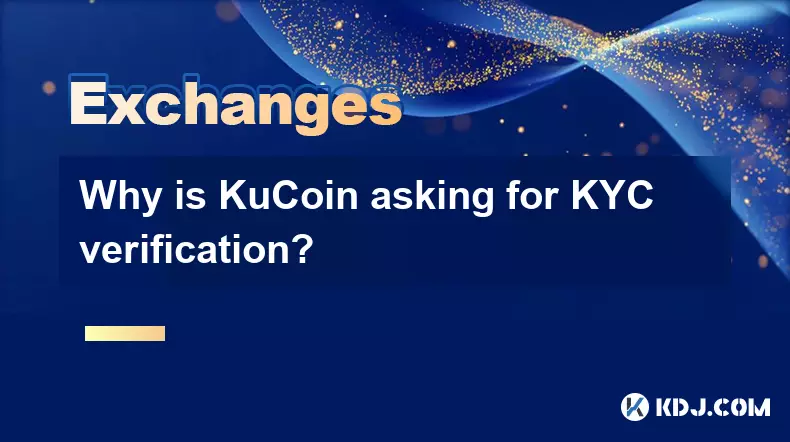
Why is KuCoin asking for KYC verification?
Aug 28,2025 at 05:14pm
Understanding the Need for KYC on KuCoin1. Regulatory compliance is a primary reason KuCoin requires KYC verification. As global financial regulations...
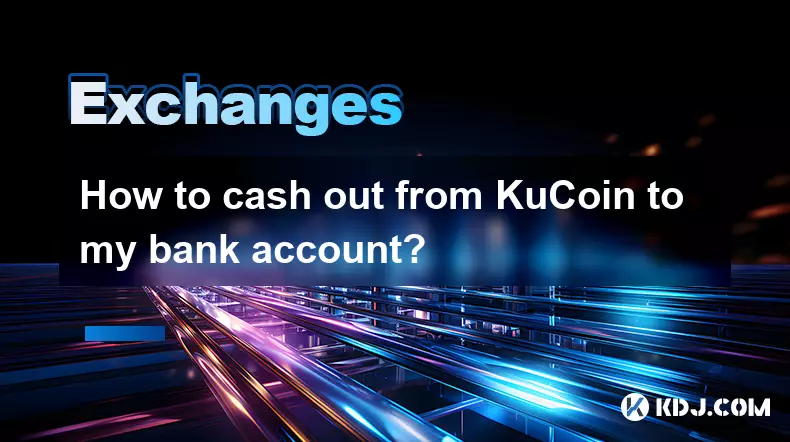
How to cash out from KuCoin to my bank account?
Aug 28,2025 at 04:28pm
Understanding the Process of Withdrawing from KuCoin1. KuCoin is a global cryptocurrency exchange that allows users to trade various digital assets. W...
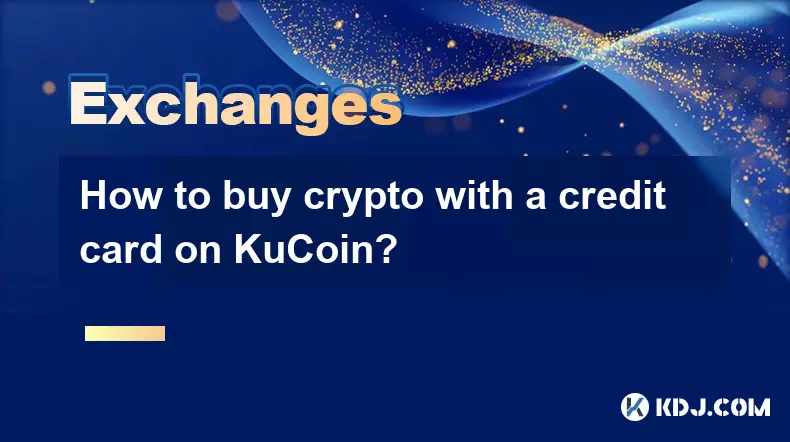
How to buy crypto with a credit card on KuCoin?
Aug 28,2025 at 05:28pm
How to Purchase Cryptocurrency Using a Credit Card on KuCoinBuying digital assets with a credit card on KuCoin is a streamlined process designed for b...
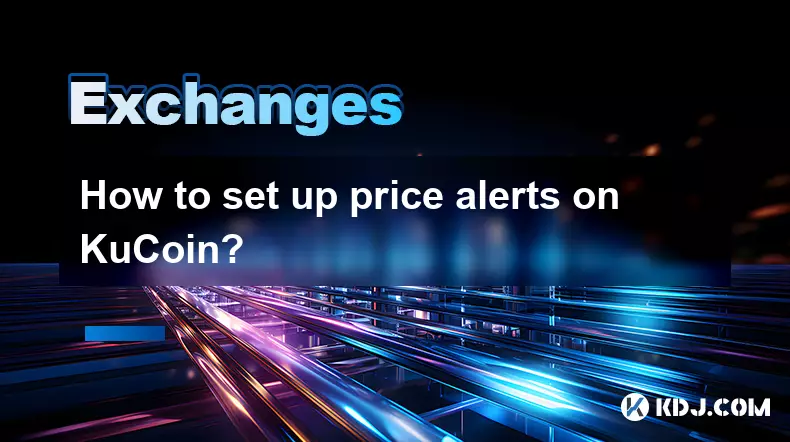
How to set up price alerts on KuCoin?
Aug 28,2025 at 02:56pm
Understanding Price Alerts on KuCoin1. Price alerts on KuCoin allow traders to stay informed about significant movements in cryptocurrency values with...
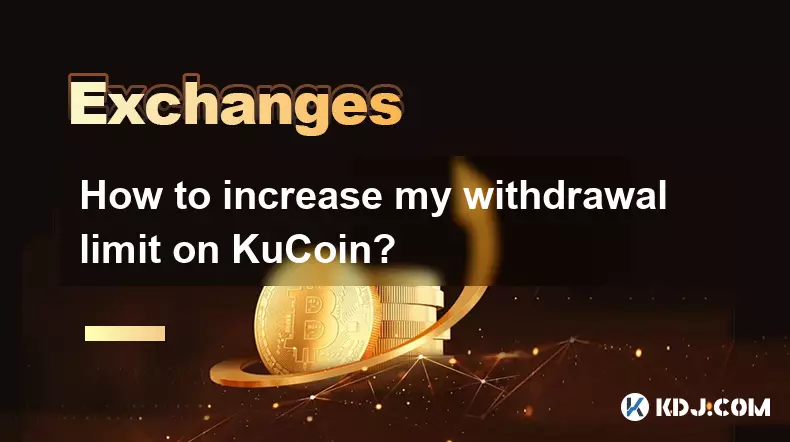
How to increase my withdrawal limit on KuCoin?
Aug 28,2025 at 06:14pm
Understanding KuCoin’s Withdrawal Limit Structure1. KuCoin enforces withdrawal limits to enhance account security and comply with anti-money launderin...

How to complete the KuCoin KYC process?
Aug 28,2025 at 03:28pm
Understanding the Importance of KYC on KuCoin1. KuCoin, like many centralized cryptocurrency exchanges, requires users to complete Know Your Customer ...

Why is KuCoin asking for KYC verification?
Aug 28,2025 at 05:14pm
Understanding the Need for KYC on KuCoin1. Regulatory compliance is a primary reason KuCoin requires KYC verification. As global financial regulations...

How to cash out from KuCoin to my bank account?
Aug 28,2025 at 04:28pm
Understanding the Process of Withdrawing from KuCoin1. KuCoin is a global cryptocurrency exchange that allows users to trade various digital assets. W...

How to buy crypto with a credit card on KuCoin?
Aug 28,2025 at 05:28pm
How to Purchase Cryptocurrency Using a Credit Card on KuCoinBuying digital assets with a credit card on KuCoin is a streamlined process designed for b...

How to set up price alerts on KuCoin?
Aug 28,2025 at 02:56pm
Understanding Price Alerts on KuCoin1. Price alerts on KuCoin allow traders to stay informed about significant movements in cryptocurrency values with...

How to increase my withdrawal limit on KuCoin?
Aug 28,2025 at 06:14pm
Understanding KuCoin’s Withdrawal Limit Structure1. KuCoin enforces withdrawal limits to enhance account security and comply with anti-money launderin...
See all articles
























